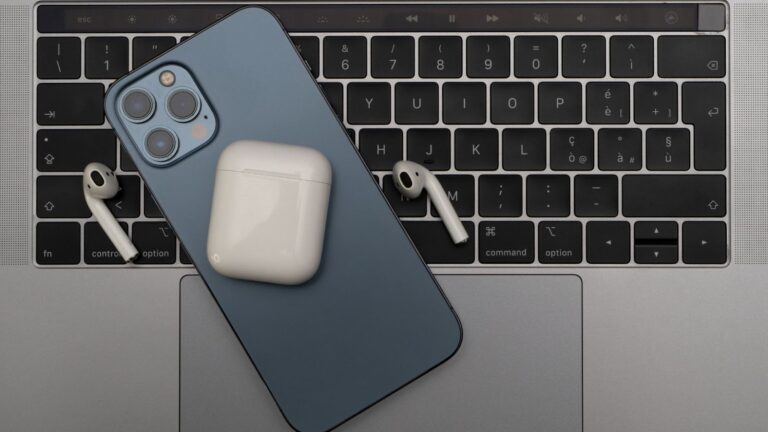Smartphone technology has made incredible advances in the past decade, with new features and capabilities being released almost every day. Shopping for a new smartphone can be daunting, so it’s essential to have a plan of attack before you make your purchase.
1. Operating System
The first and most crucial factor to consider is the operating system (OS) of your device. Each OS is different, so research what will best suit your needs. Examples of popular OS include Android, iOS, Windows Phone, and Blackberry.
2. Processor
The processor powers everything that happens on a smartphone — from running apps to loading webpages — so you want to make sure you choose one with a fast processor that won’t slow you down. Look at how many cores the processor has and its speed (measured in gigahertz).
3. Battery Life
Smartphone battery life varies greatly depending on usage patterns, but it’s important to look for a device with good battery life if you don’t want to constantly be on the charger. Consider the power rating of the battery (measured in milliampere-hours or mAh) as well as any energy-saving modes offered by the device’s OS or manufacturer settings. And remember the overheating problem and how it affects your decision.
4. Memory/Storage
How much memory does your phone need? This answer will depend on how you plan on using your device — if you’re planning on taking lots of photos, then make sure there’s enough space for them all. A reasonable minimum should be 16 gigs of internal storage; some phones offer expandable SD card slots for even more capacity.

Additionally, think about RAM — this is what helps keep device operations running quickly; look for at least 2GB RAM or higher if possible.
5. Display Size & Quality
It’s recommended to consider how large of a display you want, but also how high quality it is — pixel density matters. While most current devices settle at 1080p resolution (1920×1080), there are some models that feature Quad HD screens (2560×1440). Moreover, check out brightness ratings and decide on an AMOLED display (which offers better contrast ratios than traditional LCD displays).
6. Camera Quality
Many smartphones come equipped with impressive camera hardware these days — think megapixels. Most phones have 8MP and up cameras or higher right now; however, pay attention to other aspects such as aperture size (how much light gets let in) as well as image stabilization options.
7. Network & Connectivity Options
Depending on which carrier model you buy, certain network bands may not be supported by your provider’s network — LTE is often required if you want faster data speeds over cellular networks like 4G LTE or 5G NR. Check which frequencies are compatible with both locations where you’ll use the phone most often. Also, look into Wi-Fi standards like 802.11ac and Bluetooth versioning, too; newer versions offer solid connections between devices without having cables attached all the time.
8. Durability & Waterproofing
Smartphones can take quite a beating these days due to their frequent use; ensure that your phone is able to handle drops without shattering its screen or, worse still – not turning back on again post-drop.Some manufacturers now offer IP67 waterproof ratings so that spills won’t ruin your electronics either – great news for clumsy people who tend to drop their phones into cups of coffee frequently.
9. User Interface & Navigation
The way users navigate through menus and applications is just as important as hardware specs when choosing a smartphone – do they prefer an iPhone-type experience over Android? Different manufacturers customize their own flavors of Android, which can drastically change the feel and function of a phone compared to another brand’s offerings running stock Android software.

This could sway decision-makers depending upon whether they prefer something more customizable than stock Android allows while still retaining access to Google Play store app selection possibilities.
10. Price & Value
Smartphones are becoming increasingly affordable each year as technology advances allow for more budget-friendly options to be available. However, consumers should still pay close attention to pricing models; some companies offer installment plans which could add up over time, while others may require full payment upfront but with discounted prices due to bundling perks such as additional accessories thrown into package deals, etc. Consider overall value rather than just price points – try to find something suitable within budget, though not sacrificing quality components because of cutting corners to reach a cost-effective solution in the desired price range.
11. Reliability/Customer Service
As previously stated, smartphones have become increasingly reliable over the years; yet problems can arise from time to time. Thus, part of the process involves researching customer service associated with a particular brand or model chosen – does the company provide warranties? Has previous customers’ feedback been mostly positive? Before committing to purchase, these types of questions should be asked to ensure that any issues faced can be quickly and easily resolved.




